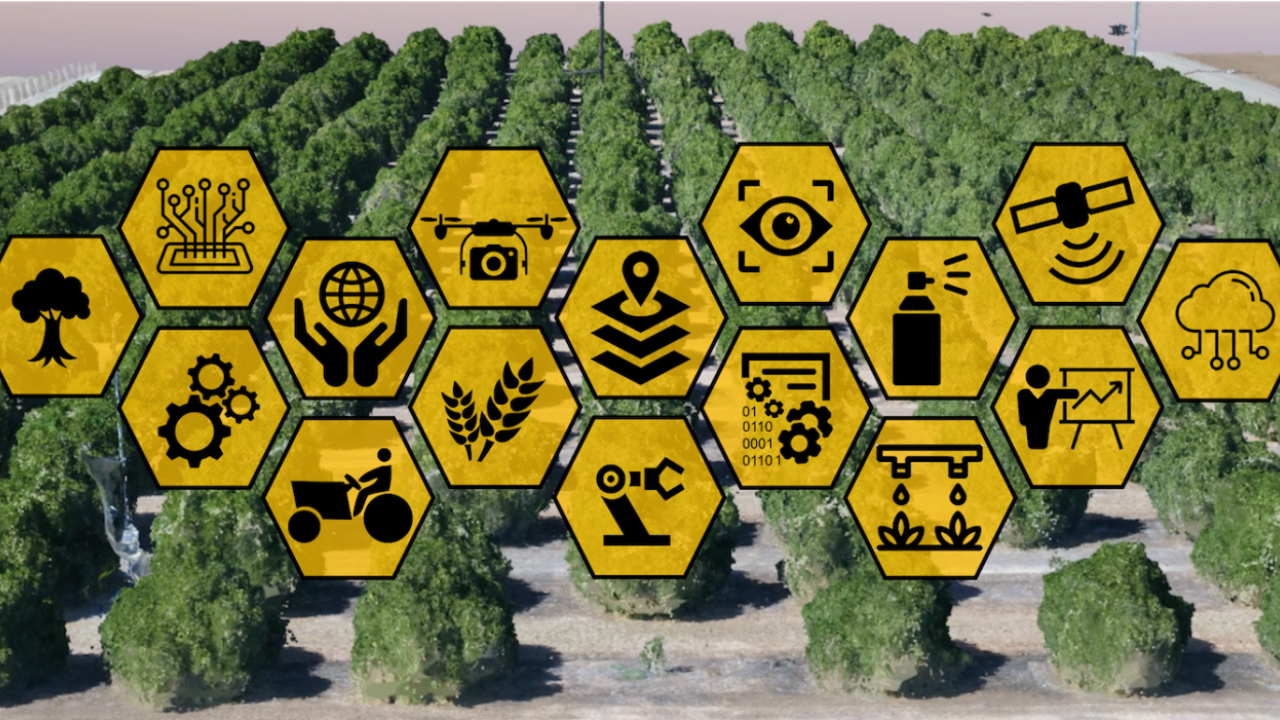
When It Comes to AI, Farmers Will Need to Strike a Balance
Alireza Pourreza contributes to CNN Opinion project “Our AI future: promise and peril”
AI has affected numerous job markets with Goldman Sachs economists estimating that 300 million jobs across the globe could be automated by AI. However, AI is not always better, faster or cheaper with current iterations prone to mistakes or false information. Experts have suggested a future in which AI can assist humans rather than replace them entirely in some industries.

To better understand the effect AI might have on the agriculture industry, CNN reached out to Alireza Pourreza, associate professor of cooperative extension in the Department of Biological and Agricultural Engineering and director of the Digital Ag Lab at the University of California, Davis, for his perspective.
Artificial intelligence can transform agriculture and food production, revolutionize decision-making and help farmers address emerging issues from crop diseases to extreme weather events.
By analyzing vast amounts of data, AI provides farmers with valuable decision-support tools that help optimize best practices and increase productivity. AI-driven predictive crop growth models can offer accurate crop yields and quality forecasts by analyzing weather patterns, soil conditions and crop health. This data helps farmers make effective decisions when it comes to planting schedules, allocating resources and marketing their crops by aligning supply with demand, adjusting pricing, timing market entry, targeting specific segments and negotiating contracts effectively based on accurate yield predictions.
"…it is essential to recognize that AI cannot fully replace the creative thinking and intuition that farmers bring to their work."
AI is also helpful for precision agriculture, or tailoring farming practices such as irrigation, fertilization and pest control to the specific needs of different areas within a field, recognizing that some areas may require different treatments for optimal crop growth and health than others. This can lead to improved yields, reduced waste and enhanced quality. Drones equipped with AI-driven sensors and spectral cameras can also identify crop stress and damage or detect pests and diseases, allowing for timely intervention. A farmer might use an AI-driven irrigation system to monitor soil moisture levels, adjusting irrigation daily to meet the specific needs of different areas within a field. This precise control can conserve water and promote healthier crop growth, adapting to weather changes and leading to higher yields.
Labor shortages are common in the agriculture industry and autonomous robotic systems can harvest crops accurately and efficiently, while AI-powered machines can streamline sorting and packaging. By automating labor-intensive tasks, AI enables farmers to strategically allocate their workforce, focusing on other activities that require human expertise.
While AI offers immense potential, there are limitations. AI relies on the quality and accuracy of data, as well as wireless connectivity, which can be limited in rural areas. Initial implementation costs may also pose a challenge for small-scale farmers with limited resources. And it is essential to recognize that AI cannot fully replace the creative thinking and intuition that farmers bring to their work.
By striking a balance between leveraging AI's capabilities and recognizing the value of human expertise, farmers can embrace AI as a powerful tool, ensuring a more sustainable and prosperous future for agriculture.





